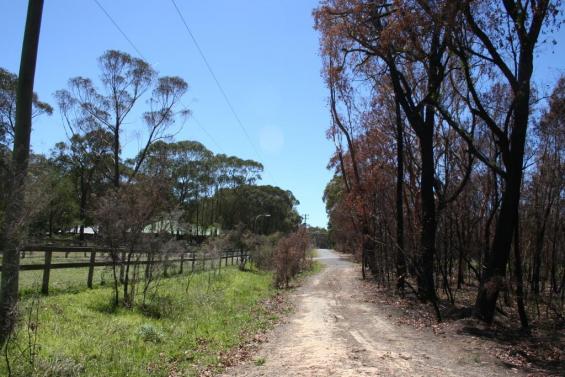Using fire simulations to assess house vulnerability at the urban interface
Fire Note 126: An alternative approach to evaluating building vulnerability has been developed using a dynamic bushfire simulator. The approach creates sets of fire predictions, which can then be used to create maps of potential fire behaviour. Simulation approaches allow a much wider range of factors to be considered than the dominant approach to evaluating building vulnerability, which assesses assets based on their relative proximity to potential fuel. The wider range of factors to be taken into account by simulation approaches includes location specific effects of vegetation, weather and terrain. Potential fire behaviour maps can provide a more detailed indication of the likely impacts to buildings, allowing ‘Wildfire Interface Zones’ to be mapped based on specific criteria of interest.
This research has demonstrated that dynamic fire characterisation models are likely to be a valuable tool for improving the way risk at the rural/urban interface is characterised. Management activities, such as prescribed burning, fuel modification, the application of building construction guidelines and the construction of firebreaks can then be objectively assessed in terms of their cost and benefits.
For more info ...
-
Project Leader, Researcher



